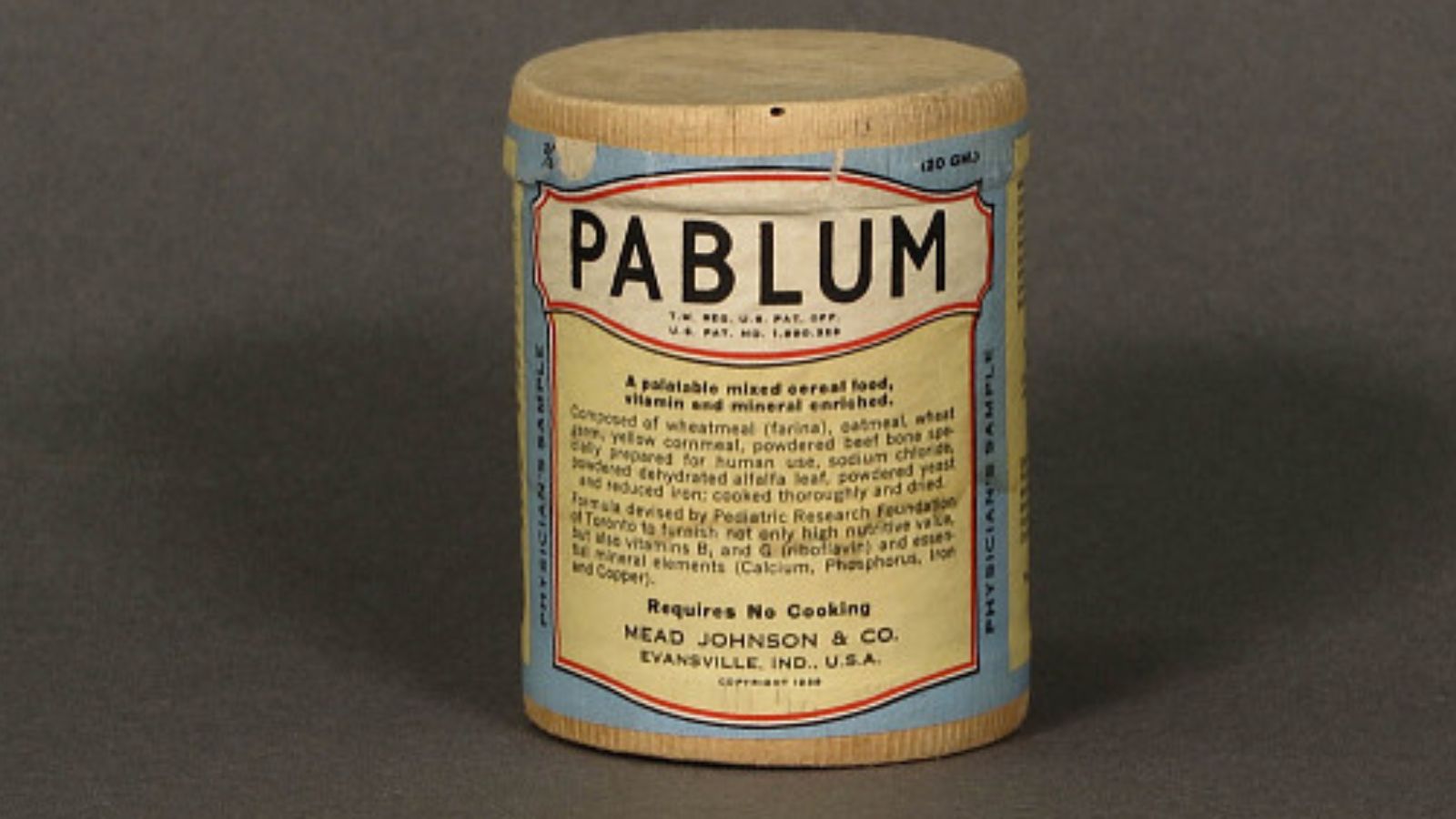Canada is often celebrated for its breathtaking landscapes and friendly people, but its contributions to global innovation are equally remarkable. From groundbreaking medical discoveries to life-changing technologies, Canadians have played a major role in shaping the modern world. These innovations span industries and generations, demonstrating the country’s creative spirit and problem-solving prowess. Here are 23 Canadian creations that continue to make waves around the globe.
Insulin

The discovery of insulin in 1921 by Dr. Frederick Banting and Charles Best changed the face of medicine forever. Before insulin, a diagnosis of diabetes was essentially a death sentence. This breakthrough allowed millions of people around the world to manage their condition and live longer, healthier lives. Today, insulin remains one of the most vital and widely used medical treatments globally.
IMAX

The cinematic world owes a lot to Canada for the development of IMAX technology. Created in the 1960s, IMAX allows for incredibly large, high-resolution film formats that revolutionized movie experiences. With screens that stretch from floor to ceiling and wall to wall, IMAX draws viewers deep into the action.
The Canadarm

This robotic arm was developed by Canadian engineers for NASA’s space shuttle program in the 1980s. It became an essential tool for deploying satellites, repairing spacecraft, and assisting with construction in space. The Canadarm has become a symbol of Canadian excellence in aerospace technology, with its successor, Canadarm2, is now a key part of the International Space Station.
The Telephone

While often credited to Alexander Graham Bell,who was born in Scotland, it was in Brantford, Ontario that the telephone was developed and tested. Bell referred to Canada as his “adopted homeland,” and it was here that he conceived his world-changing invention. The telephone laid the groundwork for the global communications networks we depend on today.
Pablum

Invented in the 1930s by Canadian pediatricians, Pablum was the first pre-cooked and vitamin-enriched baby cereal. It significantly improved infant nutrition and reduced vitamin deficiencies in children worldwide. Its convenience and health benefits made it an instant success among parents, helping set the standard for fortified foods across the globe.
The Snowmobile

The snowmobile was the brainchild of Joseph-Armand Bombardier, who developed it to help people travel across Canada’s snowy terrain. Originally designed for utility in rural communities, the snowmobile evolved into a recreational and commercial staple. It has become an essential vehicle for search and rescue, tourism, and transportation in cold climates.
Java Programming Language Contributions

While Java wasn’t invented in Canada, Canadian computer scientist James Gosling played a foundational role in its development. Gosling, often referred to as the “father of Java,” created the original design and implementation of the language. Java now powers everything from enterprise systems to Android apps and his work laid a cornerstone of modern computing.
Green Bins and Curbside Recycling

Canada has been a leader in environmental innovation, especially in urban waste management. The first curbside recycling program was introduced in Kitchener, Ontario, in the 1980s. The green bin compost program followed, making it easier for cities to divert organic waste from landfills, practices that have since been adopted worldwide in the push for sustainability.
The Electron Microscope

Canadian physicist James Hillier co-developed the first practical electron microscope in the 1930s. This groundbreaking invention allowed scientists to view objects at the atomic level for the first time. The electron microscope revolutionized research in biology, materials science, and nanotechnology, remaining a cornerstone tool in labs around the globe.
The Robertson Screw

While it may seem simple, the square-headed Robertson screw is a favorite among professionals and DIYers alike. Invented by Canadian P.L. Robertson, the design reduces slipping and stripping, making it easier to use than the standard slotted screw. Its efficiency and durability have made it an industry staple and it’s widely used in construction and manufacturing around the world.
The Pacemaker

The first external artificial pacemaker was invented by Canadian electrical engineer John Hopps in the 1950s. Hopps’ work paved the way for modern implantable pacemakers that regulate heart rhythms and save countless lives. Today, millions rely on this technology to maintain healthy cardiac function and his innovation was a turning point in cardiovascular medicine.
Sonar Advancements

During World War II, Canadian scientists contributed significantly to the development of sonar technology for submarine detection. Their research helped improve underwater navigation and tracking systems, giving the Allies a critical advantage. This technology has since expanded into commercial use, including fishing and oceanography, with Canada’s influence embedded in maritime operations.
Canola Oil

Developed by Canadian agricultural scientists, canola oil is one of the healthiest cooking oils available. Its name comes from “Canadian oil, low acid,” and it’s praised for being low in saturated fat and high in omega-3s. Canola oil is now a major export and cooking staple around the world. Its agricultural development boosted Canada’s economy and global health alike.
Smart Ice Technology

Used in northern Canada, SmartICE is a groundbreaking system that helps communities monitor sea ice conditions in real-time. Combining Indigenous knowledge with modern technology, it improves safety for those traveling over frozen terrain. As climate change affects ice stability, SmartICE has attracted global interest, proving to be a model of how innovation and tradition can work together.
The Walkie-Talkie

This now-ubiquitous communication device was co-developed by Canadian Donald Hings in the 1930s. Originally created for mining operations, the walkie-talkie found its place in military, rescue, and recreational use. It enabled reliable communication in areas where traditional networks don’t reach, with Hings’ invention still used in everything from construction to space missions.
The Zipper

Though the early concept of the zipper came from the U.S., Canadian engineer Gideon Sundback significantly improved and popularized the design. His version was more reliable and easier to manufacture, making it a staple in clothing worldwide. Sundback’s innovation brought ease and practicality to millions of garments.
Aero Bars and Chocolate Innovations

Nestlé Canada gave the world the Aero bar, which was first produced in 1935 in Ontario. Its unique bubbly texture became a hit and remains a beloved treat in various countries. The innovation wasn’t just in flavor, but in how the chocolate was aerated and molded, with Canadian confectionery continuing to make sweet waves globally.
Stem Cell Research Breakthroughs

Drs. James Till and Ernest McCulloch, Canadian researchers, were pioneers in stem cell science in the 1960s. Their experiments at the Ontario Cancer Institute helped prove the existence of stem cells. Their work laid the foundation for regenerative medicine and cancer research and this breakthrough is still driving medical innovation decades later.
The Paint Roller

A simple yet incredibly effective tool, the paint roller was invented by Canadian Norman Breakey in the 1940s. It revolutionized how walls are painted, drastically reducing the time and effort required. It became a household staple across the globe and Breakey’s tool remains an indispensable part of home improvement projects.
Wireless Radio Transmission

While Italian inventor Marconi is widely credited for inventing the radio, it was in Newfoundland that he made his first successful transatlantic wireless signal. Canada played a crucial geographical and technological role in this early communications feat. The achievement opened the door to global wireless communication. Canada’s shores were the starting point for a wireless world.
BlackBerry Smartphones

Before the iPhone era, BlackBerry was the king of mobile communication. Developed by Canadian company Research In Motion (RIM), the BlackBerry was beloved for its secure email capabilities and tactile keyboard. It redefined business communication and mobile security and, even today, the BlackBerry legacy influences modern smartphone security.
Artificial Intelligence Leadership

Canada has become a global hub for artificial intelligence, with cities like Toronto and Montreal leading cutting-edge research. Pioneers like Geoffrey Hinton have helped establish deep learning techniques that are now central to AI applications worldwide. The country’s open policies and academic excellence have attracted major tech firms, continuing to shape the future of AI in profound ways.
Electric Wheelchairs

Canadian inventor George Klein designed the first electric wheelchair in the 1950s, providing greater independence for individuals with mobility challenges. His creation has dramatically improved quality of life for millions of people around the world. Klein’s work went beyond function, it restored dignity and autonomy and, while his invention continues to evolve, its remains rooted in his Canadian ingenuity.
22 Times Canadian Ingenuity Left the U.S. in the Dust

When people think of innovation, they often picture Silicon Valley. However, Canada has a history of innovation, too. Whether it’s redefining sports, revolutionizing medicine, or just showing America up at its own game, Canadian inventors, thinkers, and dreamers have had their fair share of mic-drop moments. Here are 22 times Canadian ingenuity left the U.S. in the dust.
22 Times Canadian Ingenuity Left the U.S. in the Dust
